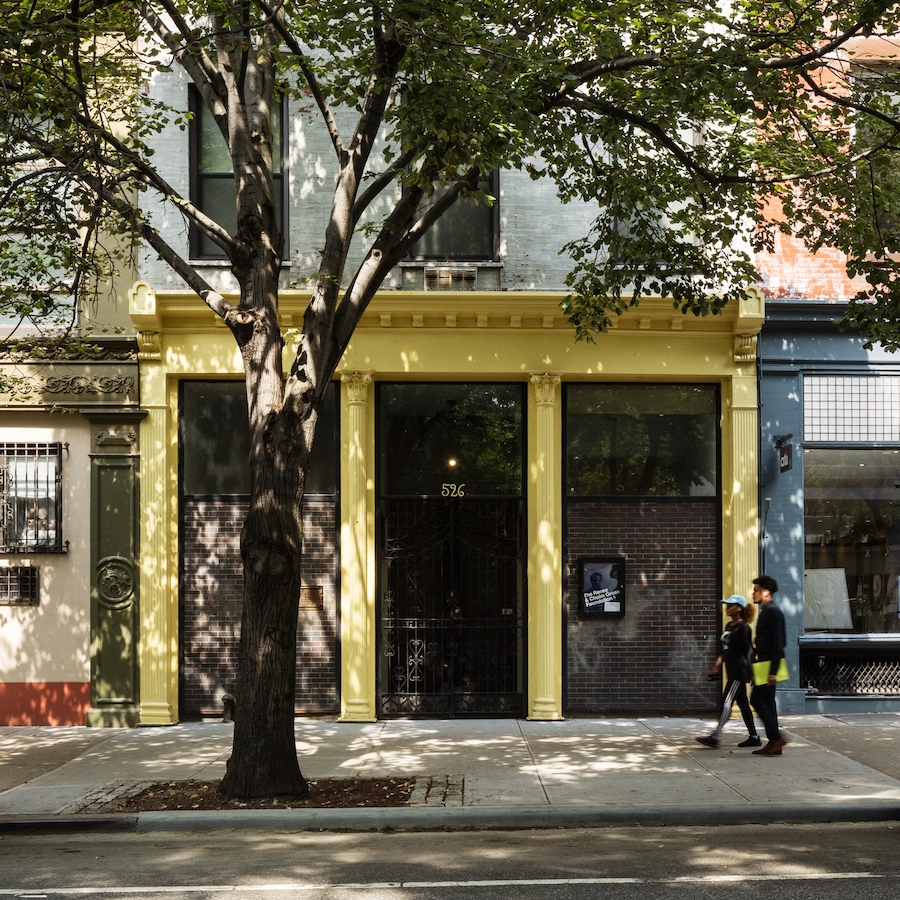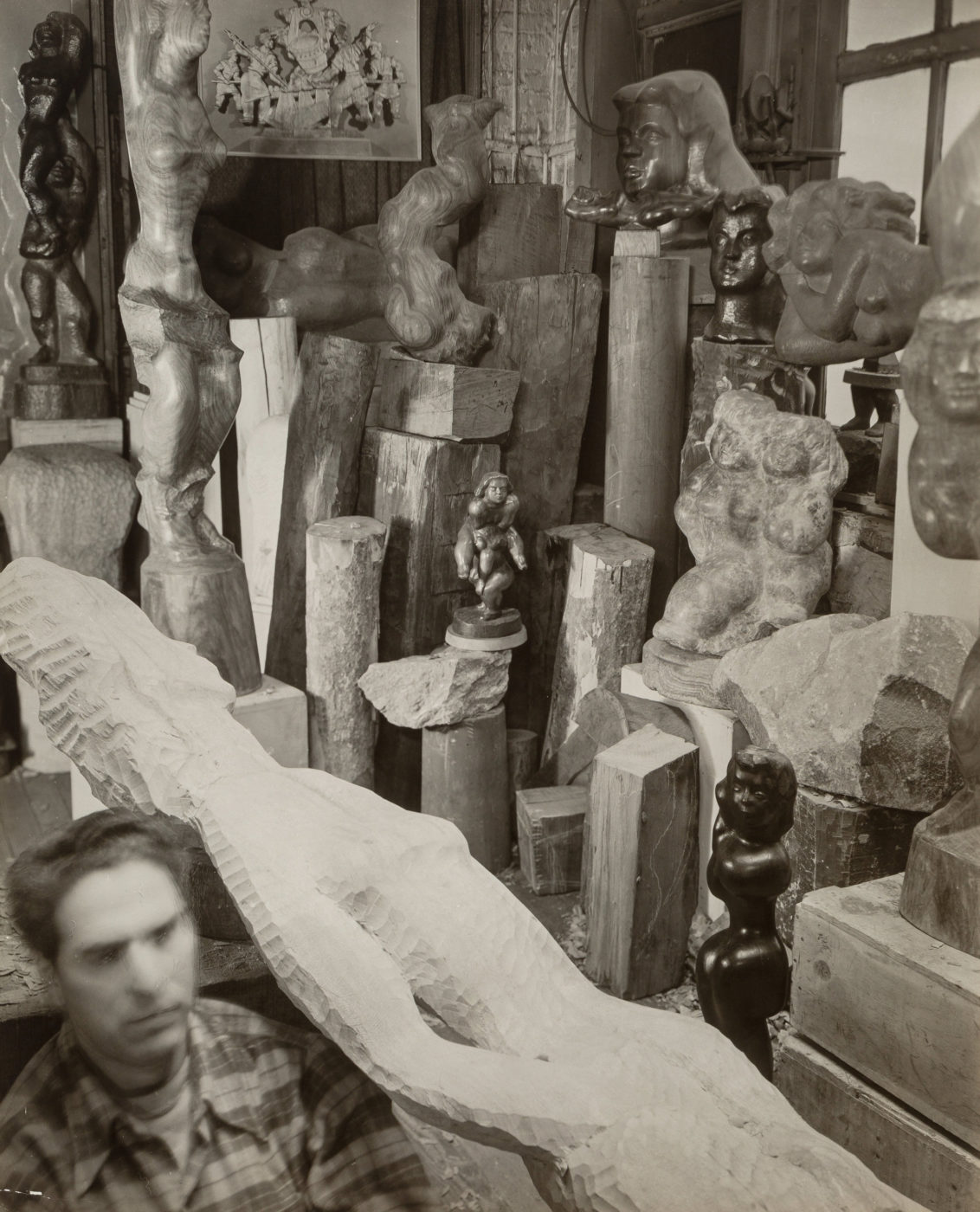#SouthOfUnionSquare, the Birthplace of American Modernism: Chaim Gross
“South of Union Square, the Birthplace of American Modernism” is a series that explores how the area south of Union Square shaped some of the most influential American artists of the 20th century.

Throughout the 20th century, the area south of Union Square attracted painters, writers, publishers, and radical social organizations, many of whom were challenging accepted American social and cultural ideals. The neighborhood’s wealth of soaring industrial lofts rented at extremely affordable rates coupled with its proximity to Greenwich Village made it the ideal location for a wealth of artist studios and a hotbed of artistic innovation.


Chaim Gross (March 17, 1902 – May 5, 1991), a prolific American sculptor, is primarily associated with his studio and residence at 526 LaGuardia Place in the South Village Historic District, which is now the location of the Renee and Chaim Gross Foundation (a 2015 Village Award winner!). However, Chaim Gross actually had a studio at 63 East 9th Street in the area South of Union Square from 1930 to 1953, though that building is no longer extant. Gross was forced to leave 63 East 9th Street because the building was slated to be demolished for the current building on the site, Randall House, completed circa 1955.



Gross immigrated to the United States in 1921 as a Jewish refugee of World War I. He was an avid art student. Gross attended the Beaux-Arts Institute of Design from 1922-25, and the Art Students League in 1926, with sculptor Robert Laurent. In 1926, Gross began to exhibit his sculpture at the Jewish Art Center (then in the Bronx), and in 1927, at the Salons of America exhibitions at the Anderson Galleries, the Whitney Studio Club at 10 West 8th Street, and – his first solo exhibition – at Gallery 144 in New York City. In 1933, along with several other artists in the neighborhood South of Union Square, Gross began to work with the Works Progress Administration. Under this program, he was commissioned to create sculptures for the Apex Building, the art deco Federal Trade Commission Building in Washington, D.C. which helped catapult him to the forefront of contemporary American sculpture.

Gross is well-known for his use of direct carving. Between 1926 and 1949, the vast majority of his works were executed in wood with a precious few completed in stone. Although he used hand tools exclusively, he preferred the hardest woods, particularly those with a dark color or pronounced grain. In contrast, however, he favored soft but colorful stone. Later in his career, he also began to work in bronze. The Smithsonian American Art Museum describes the figures represented in his work as “…a source of abstract invention in which Gross simplified forms to stress dynamic rhythms; realism was secondary. Every carving represented a synthesis of form and medium.”


While the building where Gross created his work is gone, the dynamic character of the neighborhood that fostered his artistic work thankfully remains. Village Preservation’s proposed South of Union Square Historic District was recently named one of 2022-2023’s “Seven to Save” — the biannual list of the most important endangered historic sites in New York State — by the Preservation League of New York State. This designation shines a spotlight on the incredibly valuable and varied architecture of this neighborhood, and its deep connections to civil rights and social justice history as well as transformative artistic, literary, and musical movements. With a new mayoral administration, Village Preservation is releasing new information, programs, and initiatives about the area South of Union Square.
To learn more about the neighborhood, check out our new and frequently updated South of Union Square Map and Tours. We have received a series of extraordinary letters from individuals across the world expressing support for our campaign to create a historic district for the neighborhood South of Union Square. To help protect these incredible historic structures and other buildings in this neighborhood, click here.
